Trending searches
Popular collections
Cart
$0
Nymphaea ‘Murasaki Shikibu’ is a breathtaking and exceptionally rare tropical day-blooming waterlily prized for its radiant violet blooms and graceful floating leaves. Named after the famous Japanese author of The Tale of Genji, this variety embodies elegance and refinement in any pond or water garden.
Scientific Name: Nymphaea ‘Murasaki Shikibu’
Type: Rare tropical day-blooming waterlily
Bloom Color: Striking shades of deep violet to purple with delicate petal layering
Leaves: Rounded floating pads, often lightly mottled for added contrast
Blooming Habit: Opens in the morning and closes by late afternoon under sunlight
Fragrance: Mild, sweet floral scent
Lighting Needs: Full sun (6+ hours daily) encourages maximum flowering
Water Depth: Ideal planting depth of 12–24 inches (measured from soil surface to water surface)
Temperature Range: Thrives in warm water 75–85°F (24–29°C)
Fertilization: Use aquatic plant fertilizer tablets monthly during growing season for continuous blooms
Hardiness: Best suited for USDA Zones 9–11; must be overwintered indoors in cooler climates
Centerpiece Beauty: Vibrant purple blooms provide a dramatic focal point in ponds and water features
Shade & Shelter: Floating pads help reduce algae growth and provide refuge for koi and goldfish
Collector’s Gem: Highly sought after by waterlily enthusiasts for its rarity and cultural significance
All live waterlilies are shipped in a dormant or starter state depending on the season. Leaves or blooms may not be present upon arrival but will emerge with proper planting and care.
Certain aquatic plants may be restricted or regulated in some U.S. states. Always check your local and state regulations before purchasing or introducing plants into natural waterways. Never release aquarium or pond plants into the wild.
There are two main types of water lilies, tropical and hardy. The differences between tropical and hardy water lilies are a growing habit. Tropical water lilies don't do well in winter. Hardy water lilies, on the other hand, can tolerate the cold. Tropical water lilies tubers must be removed from the pond and stored in moist conditions to come back in the future years. In warm climates, they can remain in the pond.

Return Policy: All sales are final
24 Hours Live Arrival Guarantee* - In a rare case of live stocks dead on arrival, we must be notified within 24 hours by the same day of delivery. Please take clear photos of the damaged product and send it to us within 24 hours. Live Arrival Guarantee will be void after 24 hours of delivery. All replacements are considered final and we will not replace the replacement.
Please be aware that our Live Arrival Guarantee is subject to certain conditions. Specifically, the guarantee will not be applicable in cases where the package is marked as 'invalid address', 'undeliverable' or is 'returned to sender.' This includes situations such as a vacant delivery address, a missing apartment number, or any other issues that prevent the postal service from delivering your package.
It is crucial to provide accurate and complete shipping information to ensure the successful delivery of your order and the applicability of the Live Arrival Guarantee.
Please keep in mind that Live Arrival Guarantee only guarantees that live stocks will be alive upon arrival. We cannot guarantee that you will continue to have success with them. Many factors, including the aquarium environment, water quality, nutrient, temperature, lighting, filter, and CO2 system, can contribute to the failure to grow live plants and live animals.
Even though our plants are very clean, but we can't guarantee they will be 100% pest-free because we cannot be responsible for your aquarium. Please use it at your own risk. We recommended all customers rinse the plants with clean water and quarantine them before use.
However, plants in tissue culture will be 100% free from pests, algae and never have been contacting with any aquarium.
Please review your state's regulations on restricted plants, as we are committed to not shipping plants that are restricted in your area. Do not release any plants into the wild or waterways, as this can harm local ecosystems by introducing invasive species.
Your cooperation in protecting the environment is appreciated. For continuously updated information, refer to the USDA State Noxious Weed list here.
Thank you for your responsible commitment to environmental preservation.



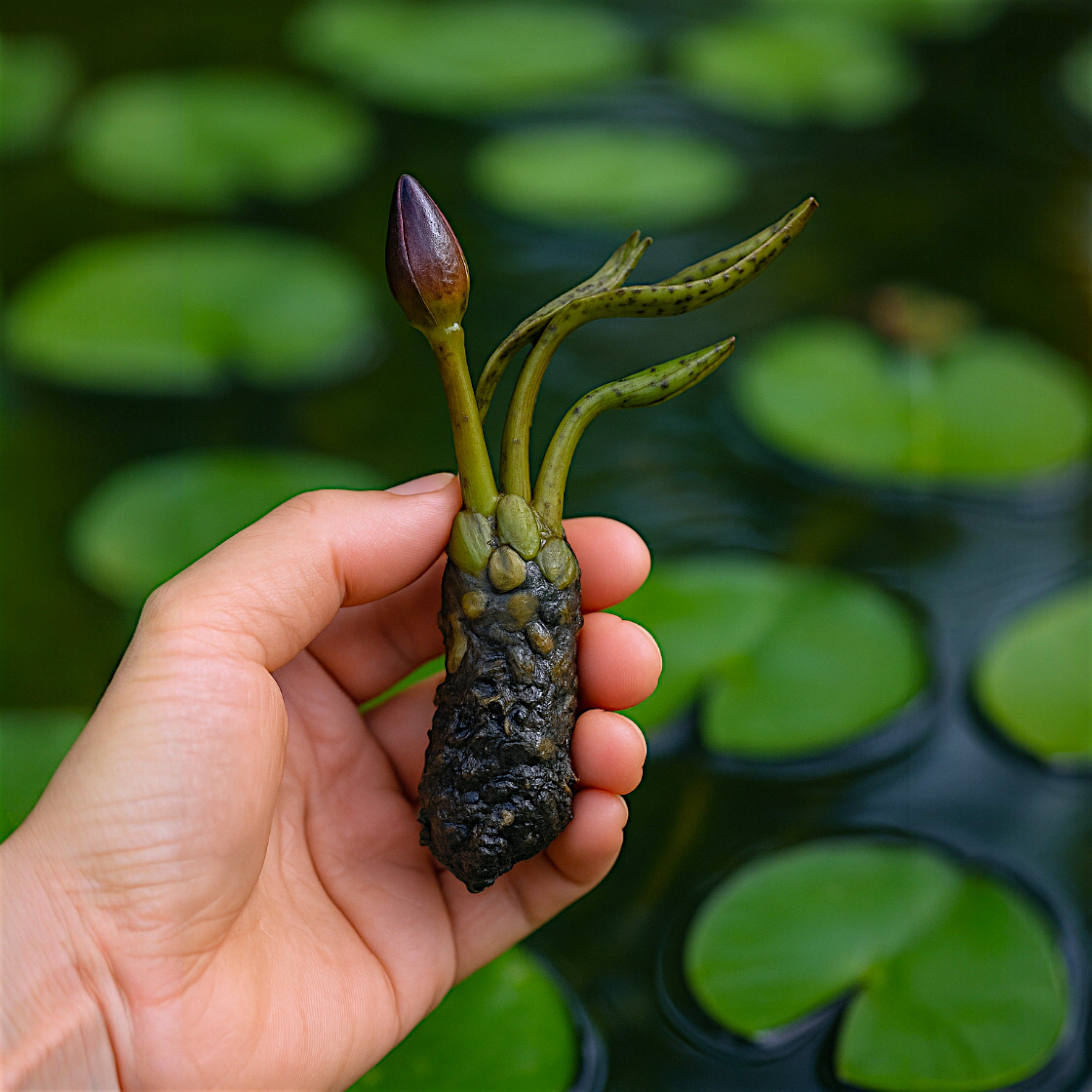

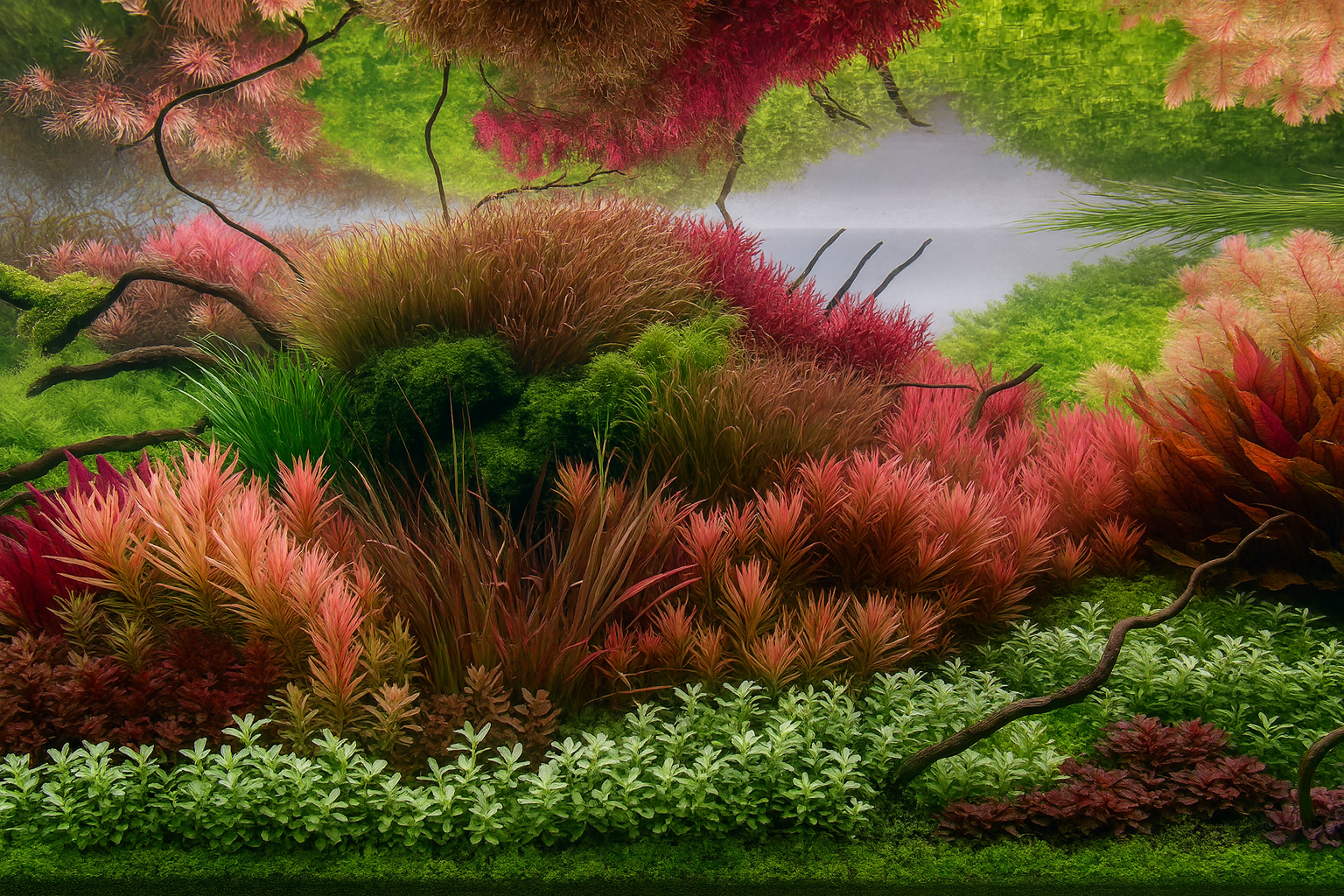
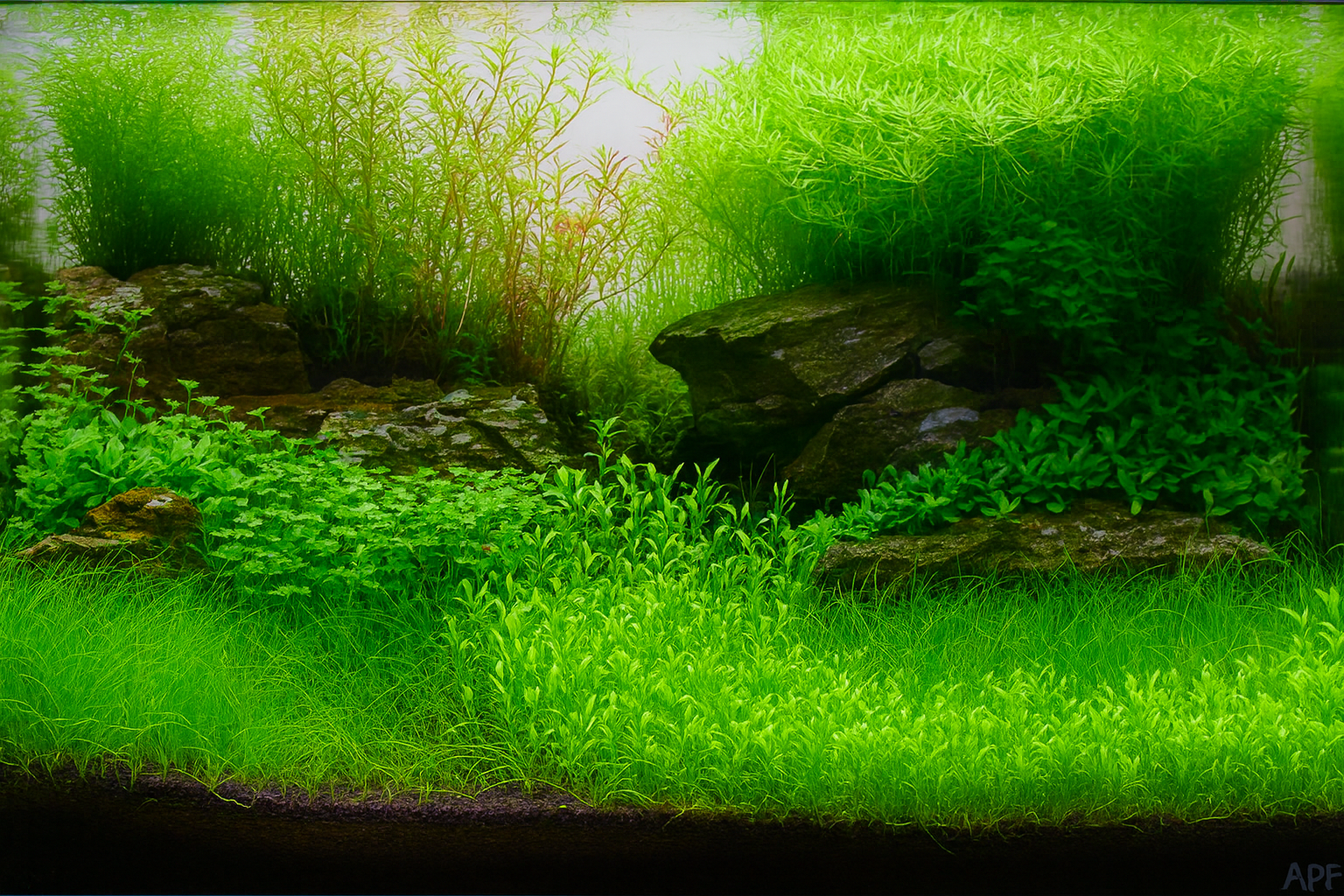

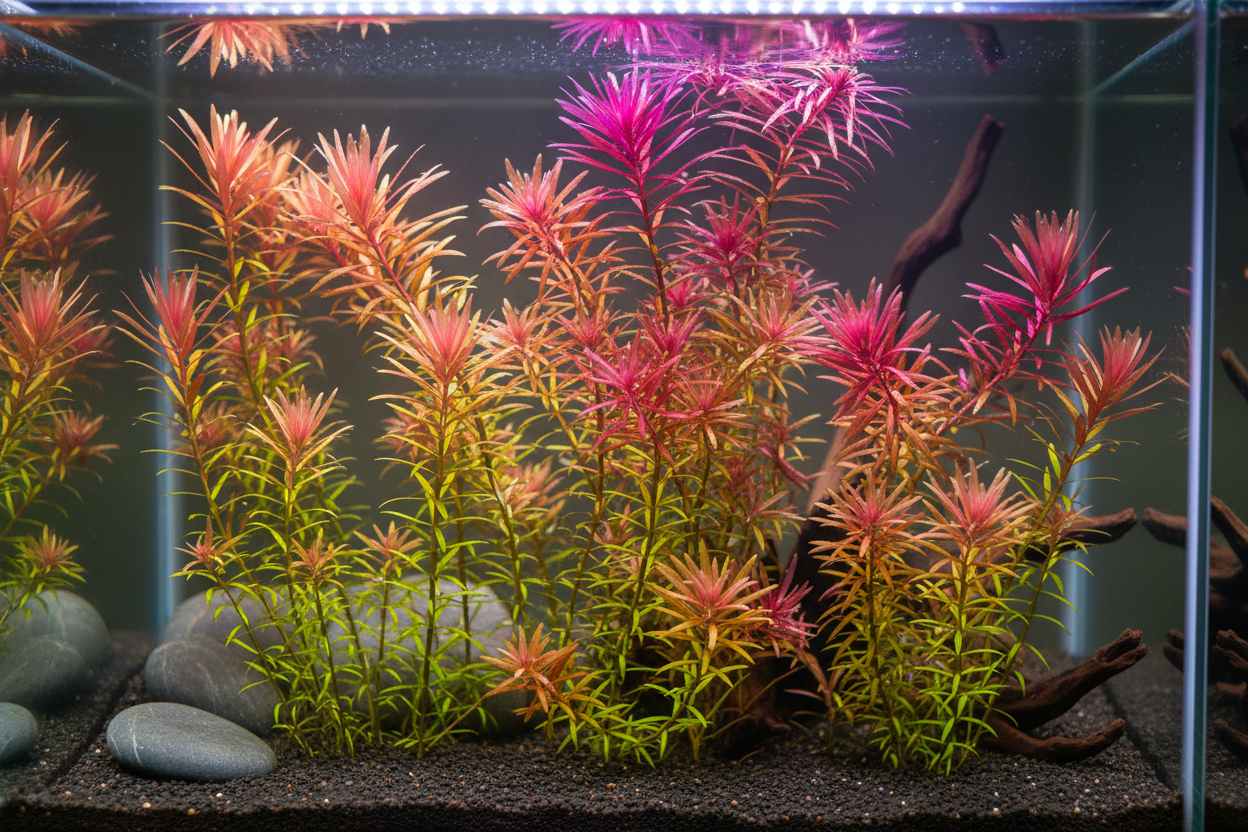

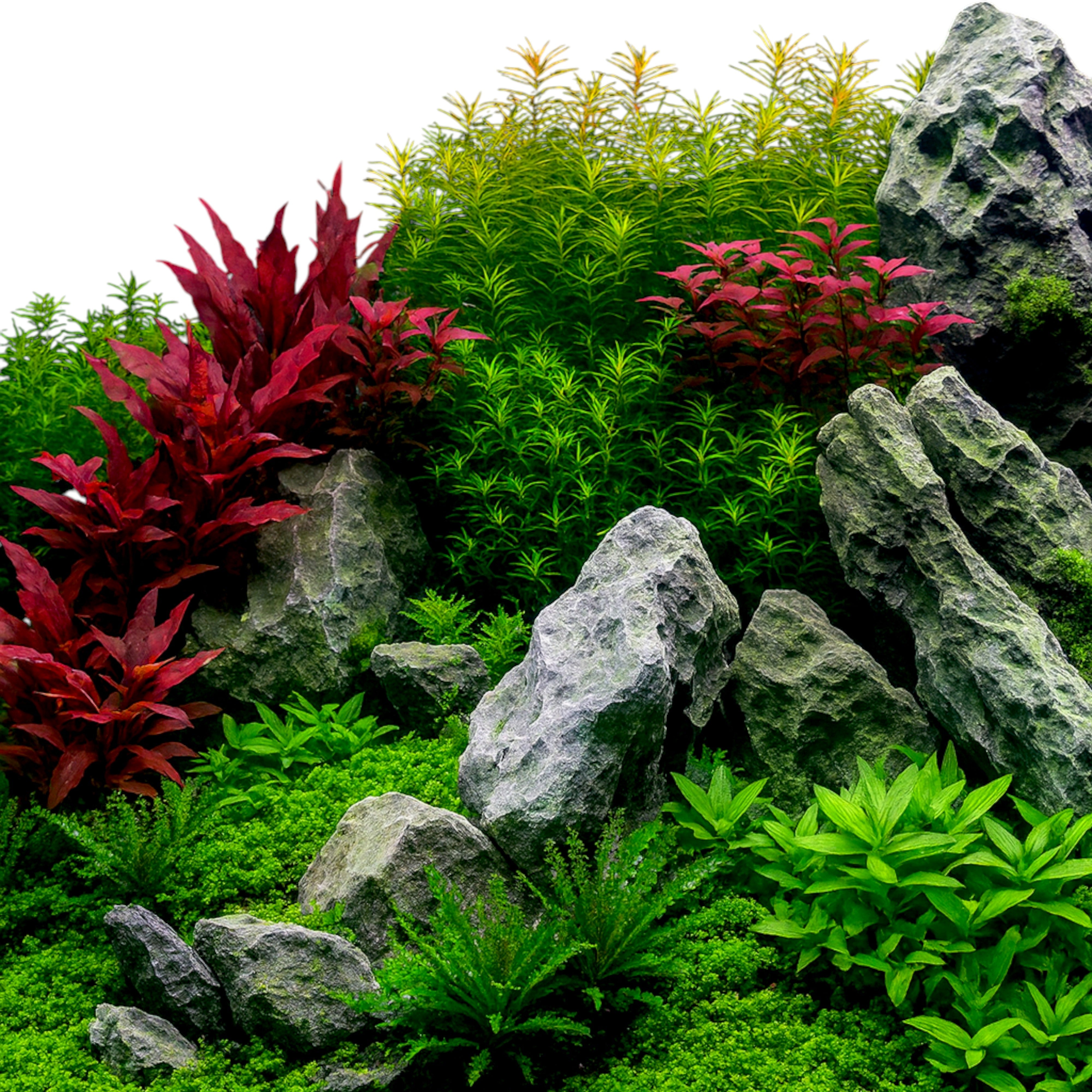
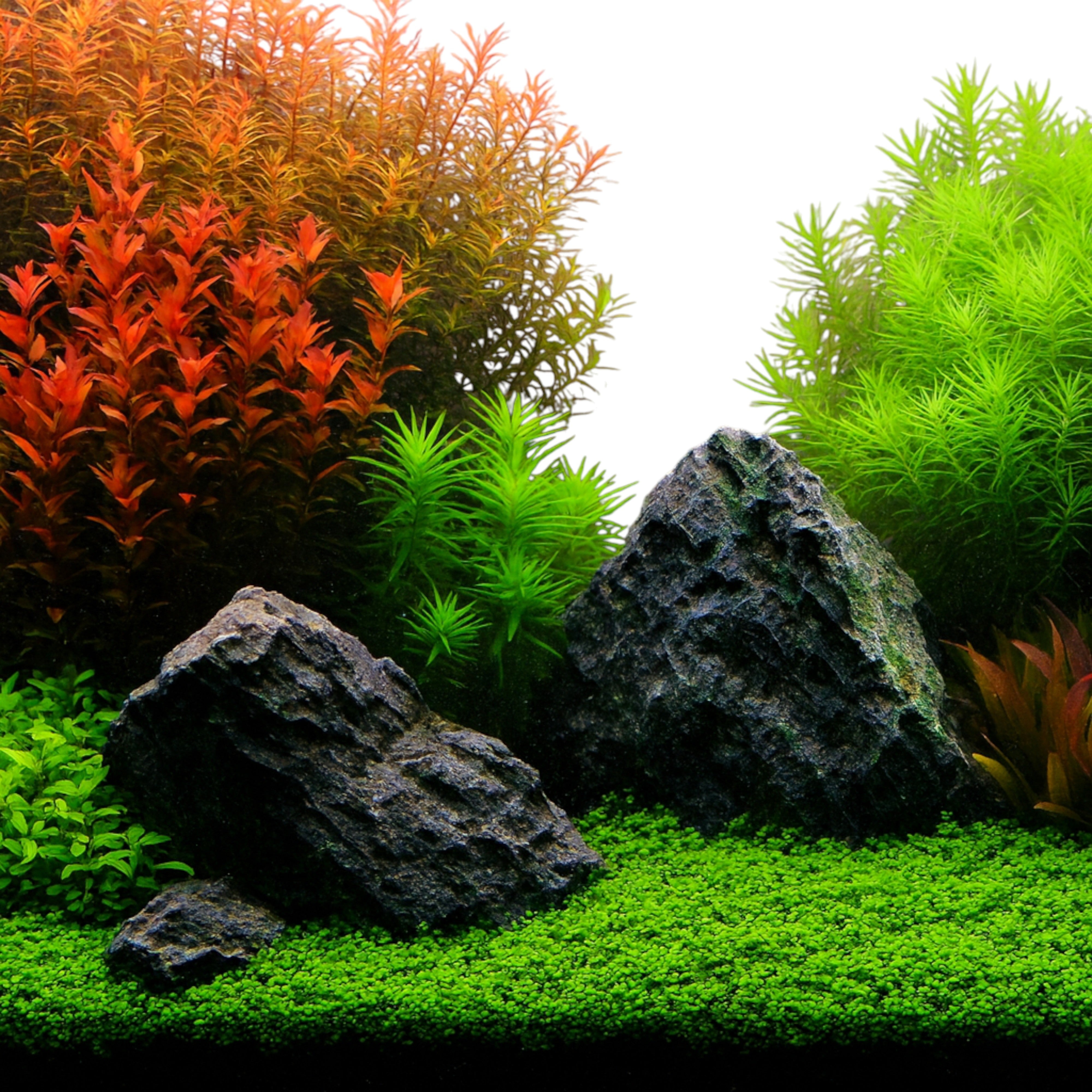
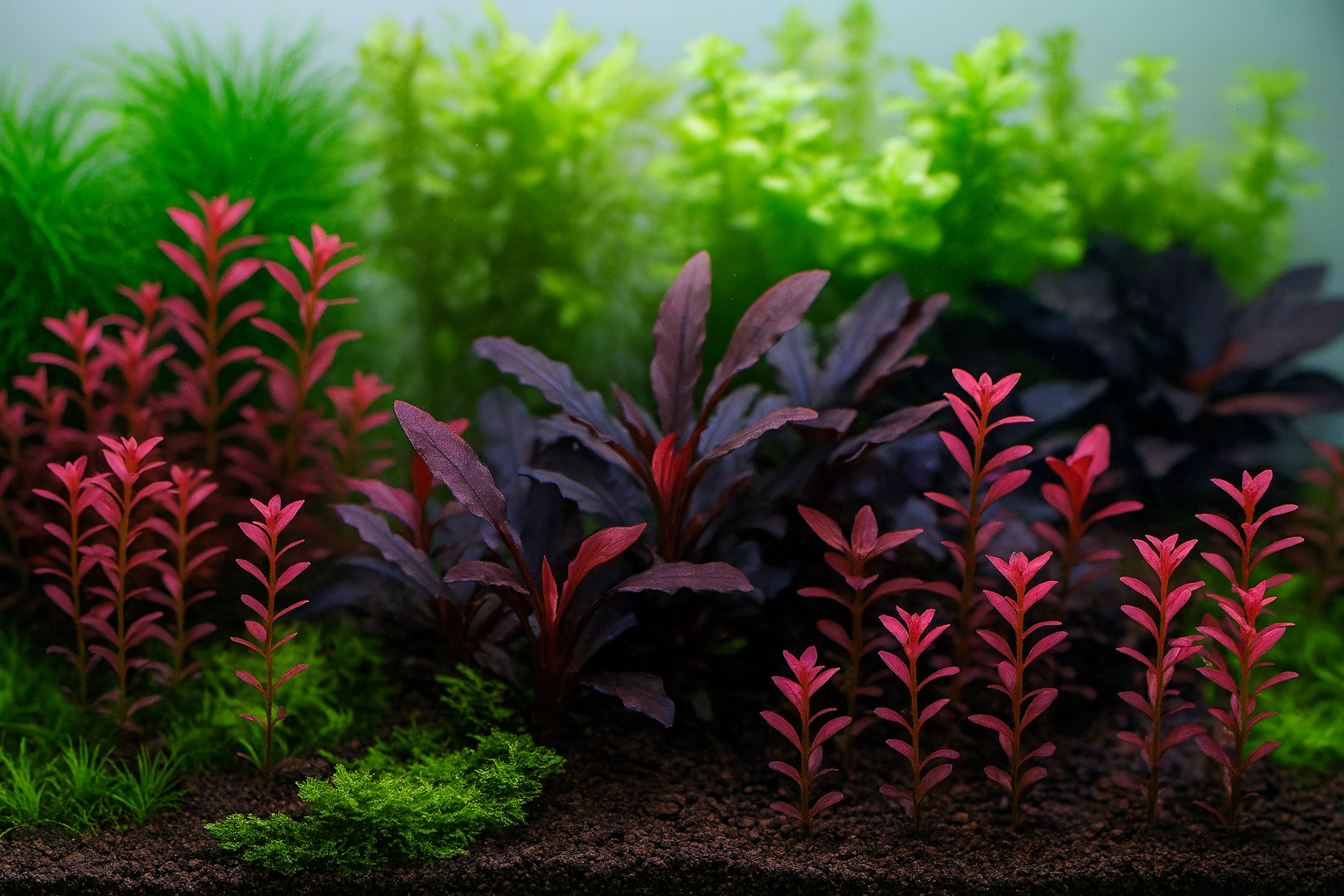

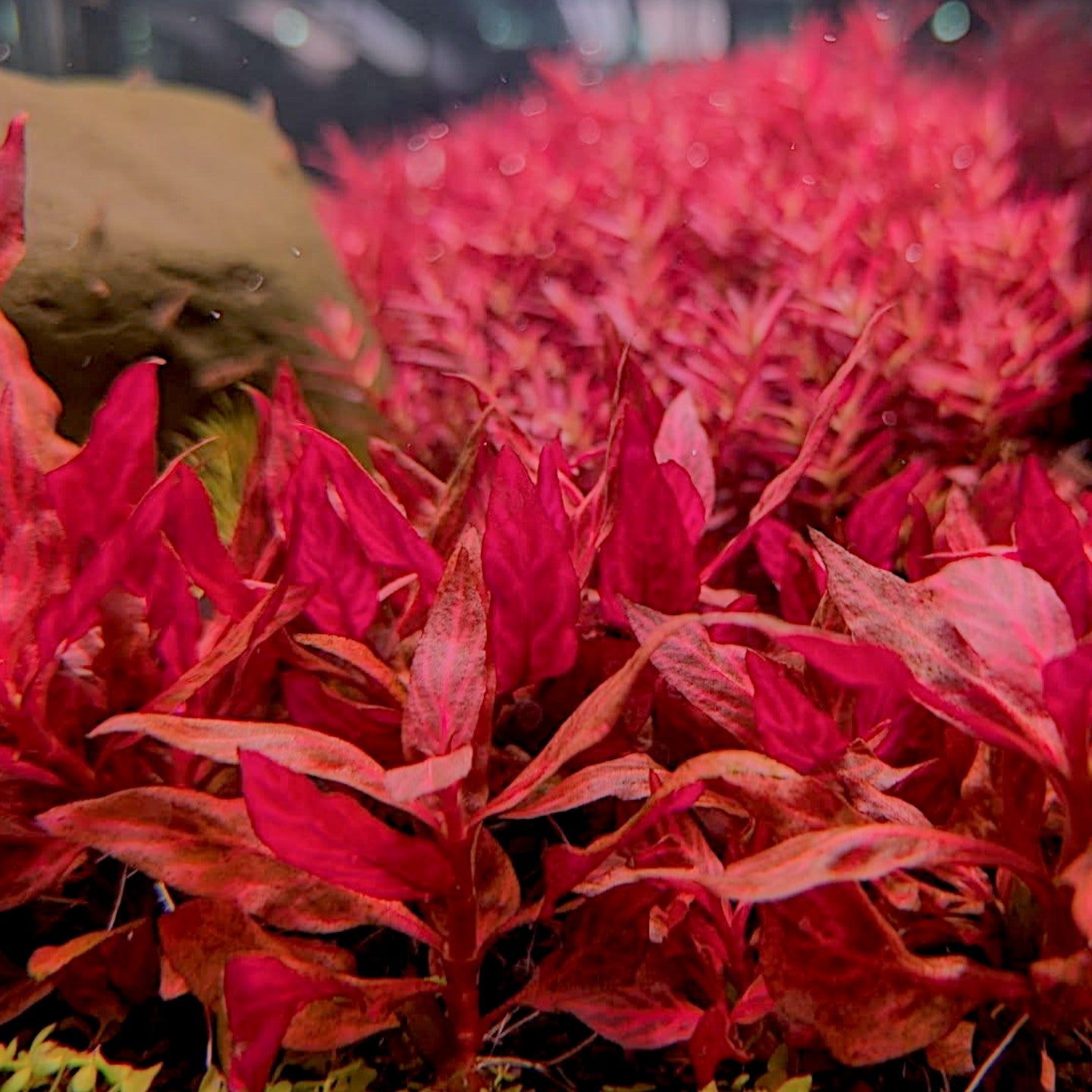
!